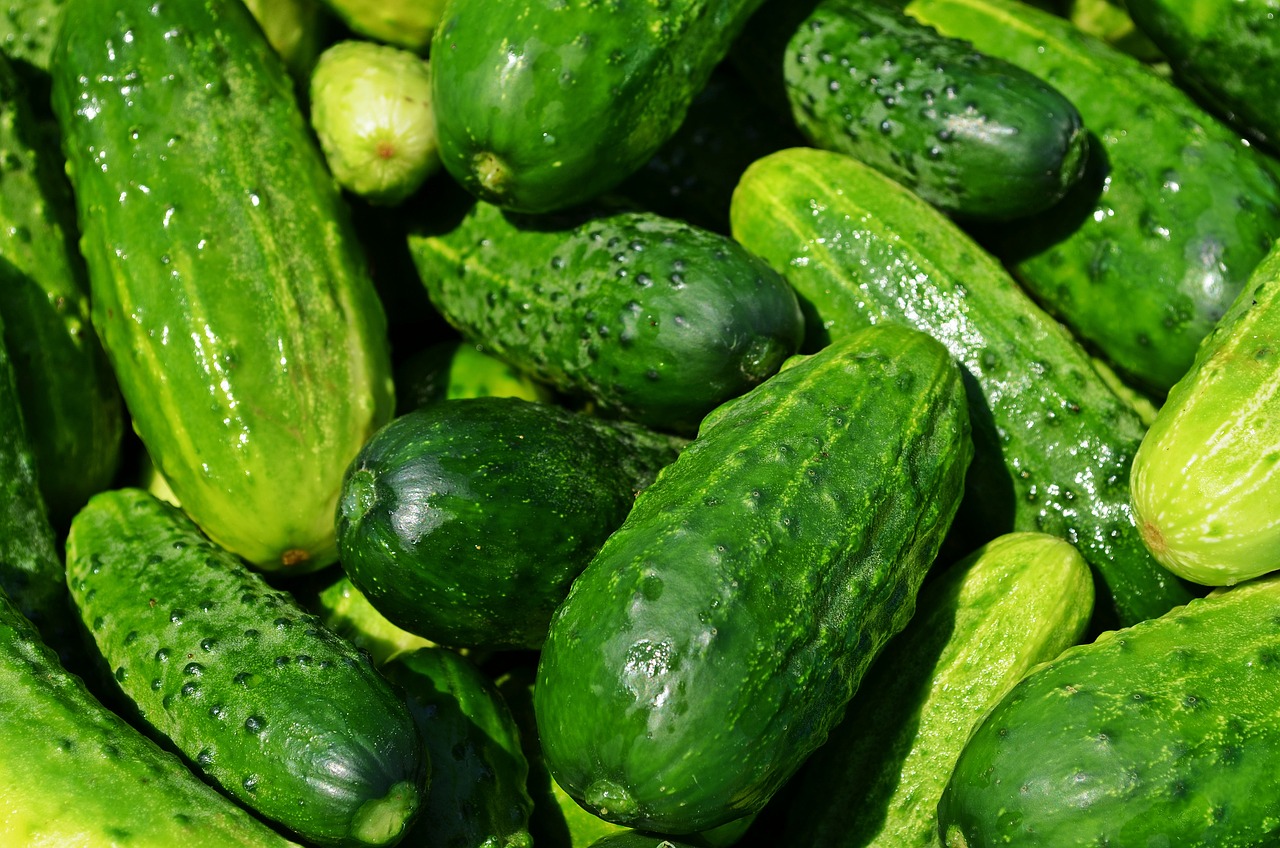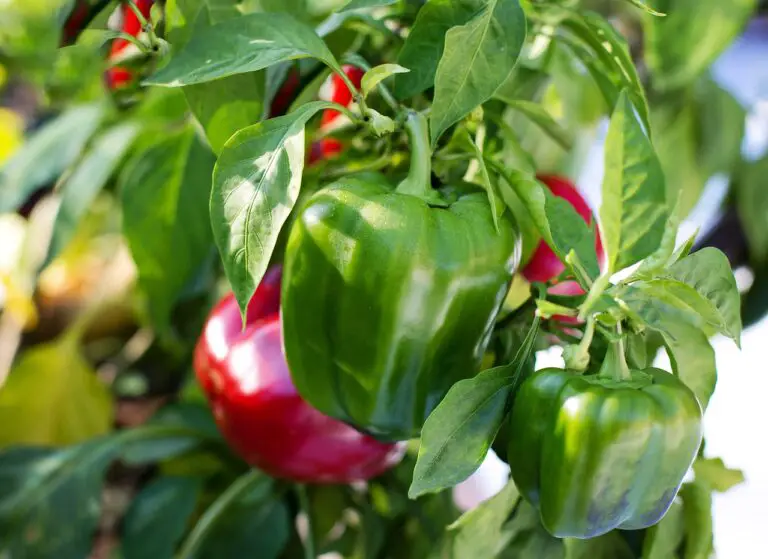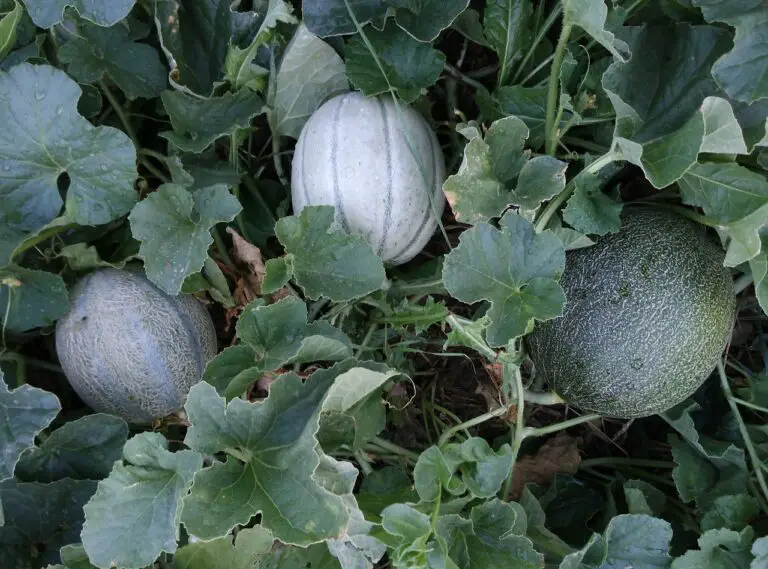10 Tips To Increase Fruit Production On Cucumbers

Cucumbers are a popular and versatile vegetable, prized for their crisp texture and refreshing flavor. Whether you’re a seasoned gardener or a novice with a green thumb, maximizing fruit production on cucumber plants is a goal that can lead to a bountiful harvest. In this article, we’ll explore ten effective tips to boost cucumber yields, from optimizing growing conditions to implementing smart cultivation practices.
10 Tips To Increase Fruit Production On Cucumbers
1. Soil Preparation:
Healthy soil is the foundation for a thriving cucumber crop. Begin by testing your soil’s pH and ensuring it falls within the optimal range for cucumbers. Amend the soil with organic matter like compost to improve fertility and drainage. This creates an ideal environment for robust root development and nutrient absorption.
Proper soil preparation sets the stage for a successful growing season, providing cucumbers with the essential nutrients they need to flourish. Regular monitoring and adjustment of soil conditions contribute significantly to increased fruit production.
2. Adequate Watering:
Cucumbers have high water content, making consistent and adequate watering crucial for optimal growth. Implement a deep watering schedule to encourage strong root systems, especially during hot periods. Mulching around the plants helps retain soil moisture and prevents water evaporation, ensuring cucumbers stay hydrated.
Balancing the delicate act of providing enough water without causing waterlogged conditions is key. Strategic watering practices not only contribute to increased fruit production but also prevent issues like blossom end rot.
3. Choose the Right Varieties:
Selecting cucumber varieties that are well-suited to your climate and growing conditions can significantly impact fruit production. Some varieties are more disease-resistant or better adapted to specific temperatures. Research and choose cucumber cultivars that align with your local climate and soil type for optimal results.
By aligning your cucumber choices with your specific environmental conditions, you set the stage for a more resilient and fruitful crop. This tailored approach ensures that the plants can thrive and produce an abundance of cucumbers throughout the growing season.
4. Proper Spacing and Trellising:
Cucumbers benefit from proper spacing and support structures like trellises. Adequate spacing allows for good air circulation, reducing the risk of diseases such as powdery mildew. Additionally, providing vertical support with trellises promotes healthier vines and facilitates easier harvesting.
Strategically organizing your cucumber plants with proper spacing and trellising not only aids in disease prevention but also optimizes sunlight exposure. This, in turn, enhances photosynthesis and contributes to increased fruit production.
5. Regular Pruning:
Pruning cucumber plants helps manage their growth and redirects energy towards fruit production. Remove excess foliage and lateral shoots, especially in the lower parts of the plant. This allows the plant to focus its resources on developing and ripening cucumbers.
Pruning is a valuable technique for maintaining plant health and promoting a more efficient use of nutrients. By strategically removing unnecessary growth, you encourage the plant to channel its energy towards the development of more fruit, ultimately leading to a more prolific harvest.
6. Pollination Assistance:
Cucumbers rely on pollination for fruit set. To enhance this process, consider providing pollinators like bees easy access to your cucumber plants. Alternatively, manually assist in pollination by gently shaking the plants when flowers are in bloom.
Ensuring effective pollination is a proactive measure for increasing fruit production. By promoting pollinator activity, you enhance the chances of successful fertilization and, consequently, a higher yield of cucumbers.
7. Fertilization Strategy:
Implement a balanced and timed fertilization strategy to provide cucumbers with the nutrients they require at various growth stages. Consider using a fertilizer with higher potassium content during flowering and fruit development to support robust cucumber formation.
Strategic fertilization is akin to providing cucumbers with a tailored diet. It addresses their specific nutritional needs throughout the growing season, resulting in stronger plants and increased fruit production.
8. Disease Prevention:
Preventing diseases is essential for maintaining the health of cucumber plants and ensuring consistent fruit production. Use disease-resistant varieties when possible and practice good garden hygiene, including removing any affected plant debris promptly. Regularly inspect your plants for signs of common cucumber diseases like downy mildew or cucumber mosaic virus.
A proactive approach to disease prevention is crucial. By minimizing the risk of infections, you create an environment where cucumber plants can thrive, leading to higher fruit production.
9. Temperature Management:
Cucumbers are sensitive to temperature extremes. Implement strategies to protect plants during periods of excessive heat or unexpected cold snaps. Providing shade during scorching days and using row covers during unexpected frosts can shield cucumber plants from stress and promote consistent fruiting.
Temperature management is a crucial aspect of cucumber cultivation. By mitigating the impact of extreme weather conditions, you create a stable environment for the plants to flourish, resulting in increased fruit production.
10. Timely Harvesting:
Harvest cucumbers at the right time to encourage continuous fruiting. Regularly pick mature cucumbers to stimulate the plant to produce more. Overripe cucumbers can inhibit further fruit development, so a vigilant approach to harvesting is key.
Timely harvesting is the culmination of your efforts. By consistently picking cucumbers at their peak, you not only enjoy better-tasting produce but also stimulate the plant to continue producing, ensuring a sustained harvest throughout the growing season.
In conclusion, achieving a bountiful cucumber harvest requires a holistic approach that encompasses soil health, water management, plant care, and environmental considerations. By implementing these ten tips, you can enhance fruit production on your cucumber plants and savor the satisfaction of a flourishing garden. Remember, a combination of thoughtful cultivation practices and a watchful eye on plant health will set the stage for a successful cucumber growing experience.






